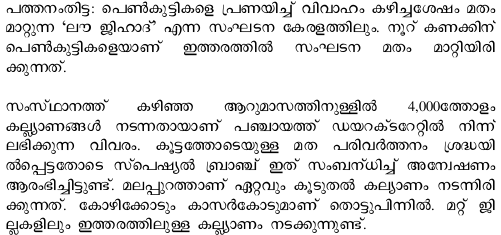In 2004, the Dover, Pennysylvania, school board decided to teach students an alternative to evolution called Intelligent Design.
Because Darwin’s Theory is a theory, it continues to be tested as new evidence is discovered. The Theory is not a fact. Gaps in the Theory exist for which there is no evidence. A theory is defined as a well-tested explanation that unifies a broad range of observations. Intelligent Design is an explanation of the origin of life that differs from Darwin’s view. The reference book, Of Pandas and People, is available for students who might be interested in gaining an understanding of what Intelligent Design actually involves.[Kitzmiller v. Dover Area School District]
Promptly a law suit was filed and an opening witness at the trial was Kenneth Miller, a Brown University biologist and leading proponent of evolution. During the trial he had to face not just the lawyers, but the public as well. Lot of people expressed hostile reactions — via letters, via e-mails, via phone. He was told he would spend eternity in hell. He was told he was not respecting God. He was asked how he could be a Christian and believe Darwin — all from folks who read the book of Genesis literally[1].
Such hostility exists not just between scientists and people who want to enforce their religious beliefs on others, but also between proponents of the Aryan migration/trickle down theory and non-believers. Anyone who opposes the external origins of Aryans can pick one of these labels: “Hindu fundamentalist”, “revisionist” or “fascist”. Any supporter of the external origins of Aryans is either a “colonialist-missionary” or one who harbors “racist-hegemonial” prejudices.[2] Edwin Bryant’s The Quest for the Origins of Vedic Culture: The Indo-Aryan Migration Debate has a great collection of polemical reactions from both sides.
This is one of those debates where even tenured professors do what Jamal did to watch his favorite actor. Also this kind of language is common in Indian History mailing lists where proponents of various theories display juvenile behavior to much amusement. If you think, quite naively, that to demolish a theory you just to counter the interpretation of data, you are wrong. Not in this field. So when a recent paper on Indus script was published, it was countered with the statement (among other things) that the authors of the paper are Dravidian nationalists.
Before 2004, the Rao et al. paper would not have gathered any attention. (Of course the Indus system is a language script! Why are you discussing it?) But that year, Steve Farmer managed to persuade two others — one of whom, Michael Witzel, is a well-respected authority in the field — to add their names to his thesis that it is not a language. The resulting manuscript was absurdly and unprofessionally bombastic in its language, while containing essentially nothing convincing. Regardless of the work of Rao et al, their hypothesis would have died a natural death — but Rao et al do have Farmer et al to thank for enabling them to publish their work, with its obvious conclusions, in a prestigious journal like Science. Farmer et al are so rattled that they promptly post an incoherent, shrill, content-free, ad hominem rant on Farmer’s website. Sproat even shows up on my previous post, leaving a chain of comments that reveal that he has neither understood, nor cares to understand, the argument. [More Indus thoughts and links]
As Kenneth Miller writes in his book, finally bad science will fail. Intelligent Design was thrown out by the courts since the advocates could not present any peer-reviewed articles or evidence for intelligent design or proof of scientific research or testing. The Aryan Invasion Theory was discredited and discarded and now the Illiterate Harappan hypothesis is being questioned. No amount of polemics can stop that.
Now compare that to a response by Iravatham Mahadevan
References:







